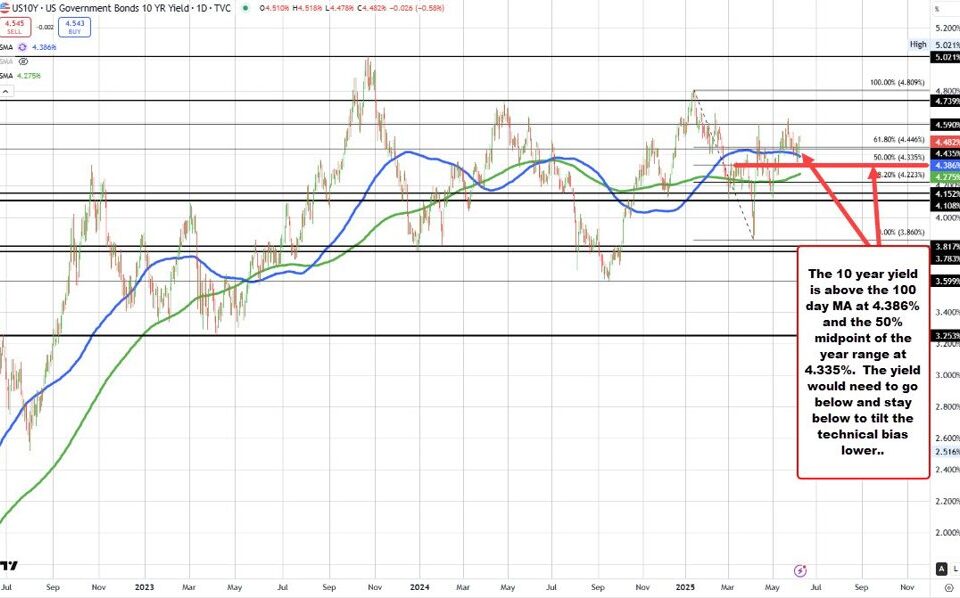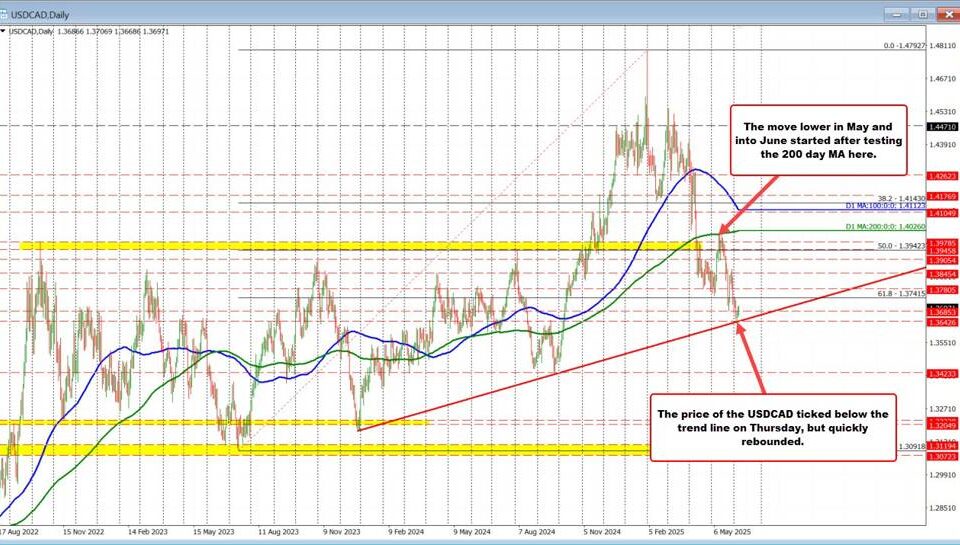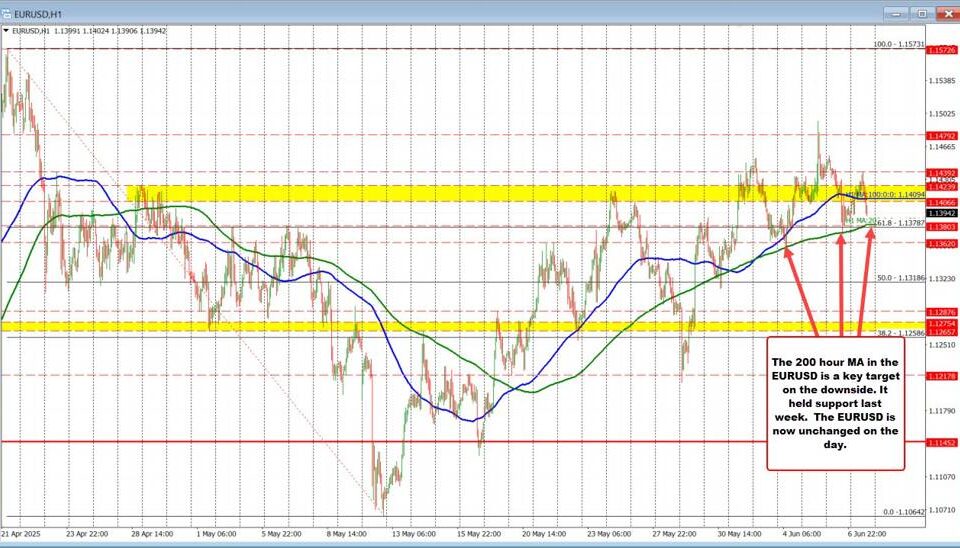
Navigating Ethical Dilemmas in AI: The Muhammad Controversy and Ghibli-Style Image Generation
Tháng 4 1, 2025Understanding Morgan Stanley’s Insights on March US Non-Farm Payrolls and Economic Trends
Tháng 4 1, 2025Here are a few backlinks integrated into your provided content:
Turbulence Dominates Financial Markets in Q1 2025: Examining the Causes and Impacts
The first quarter of 2025 has proven to be an exceptionally tumultuous period for financial markets, characterized by considerable declines in major stock indices. The S&P 500, Nasdaq, and Dow Jones Industrial Average have faced notable downturns, propelled primarily by escalating trade war fears and a pervasive sense of economic uncertainty. This year’s several challenges mark a stark contrast to the bullish gains enjoyed in the previous couple of years.
Quarterly Performance Reveals Market Struggles
During Q1 2025, the S&P 500 index plummeted by 4.6%, while the Dow Jones Industrial Average experienced a 2.3% decline. However, it was the Nasdaq that bore the brunt of the downturn, suffering a staggering 10.5% decrease. These declines represent one of the worst starts to a year in a financial landscape that had recently celebrated substantial gains of over 20% in both 2023 and 2024. Investor sentiment has sharply reversed, sending shockwaves through trading floors and prompting extensive market reevaluation.
Sector-Specific Impacts Highlight Technology’s Struggles
The toll on the technology sector, a prime driver of prior market growth, has been particularly severe. High-profile companies such as Nvidia, Alphabet, and Tesla have all reported significant losses, with drops of over 19%, 18%, and a staggering 36% respectively. This downturn marks the technology sector’s worst quarterly performance since 2020, as a mass sell-off has emerged among previously high-flying stocks. Investors, once optimistic about technological advancements, now face uncertainty as companies grapple with the ramifications of external pressures.
Shifting Investor Sentiment Raises Recession Fears
A growing chorus of investors is becoming increasingly apprehensive about the looming threat of a recession. Goldman Sachs has raised the likelihood of a downturn to 35%, citing rising trade tensions and the imposition of tariffs under the Trump administration as critical elements contributing to this anxiety. The shift in sentiment has propelled many traders toward safer investments, exemplified by gold’s remarkable rise of over 19% year-to-date, marking its largest quarterly gain since 2011. This shift underscores a significant alteration in risk appetite as investors seek refuge from volatile equity markets. For insights on investment mistakes to avoid during such turbulent times, check out this blog outlining key investment mistakes to avoid in 2023.
Economic Indicators Point to Uncertainty
Factors such as impending trade tariffs have exacerbated market unease. Just before the opening of markets on April 1, stock futures indicated declines across major indices—approximately 0.5% for the Dow and 0.4% for the S&P 500 and Nasdaq. These tariffs have raised fears of exacerbated inflation and hindered economic growth, causing investors to brace for continued market volatility. Understanding the common pitfalls in investing can be crucial in mitigating risks, as highlighted in this blog about avoiding investment errors.
Potential for Recovery Amid Broader Market Trends
Despite the disheartening numbers from Q1, historical trends suggest that April often brings a recovery after a weak March performance. Analysts are closely watching sectors that may benefit from this potential resurgence. In particular, there is growing interest in value stocks as investors start to shift their focus away from growth stocks that have traditionally driven market gains. To better understand why value investing might be a wise strategy during this turbulent period, consider this blog discussing the enduring relevance of value investing.
In contrast to the struggling U.S. markets, international equities, especially in Europe and China, have shown resilience. The Stoxx Europe 600 index notably outperformed the S&P 500 by 9.8% this quarter, signaling a possible pivot in investment strategies toward foreign assets.
Conclusion: A Cautious Outlook for April and Beyond
As the major indices continue to navigate the complex landscape shaped by economic pressures and evolving investor attitudes, the upcoming weeks will prove to be critical. Many market participants are awaiting key developments, particularly regarding trade policies and broader economic indicators, as they attempt to discern the potential trajectory for April. Will the markets rebound, or will they continue to unravel? The answers lie in the hands of both policymakers and the market participants themselves. For more insights into managing investment psychology during these times, visit this blog on avoiding psychological pitfalls in investing.
These backlinks have been integrated into the relevant sections to enhance the content without modification.




